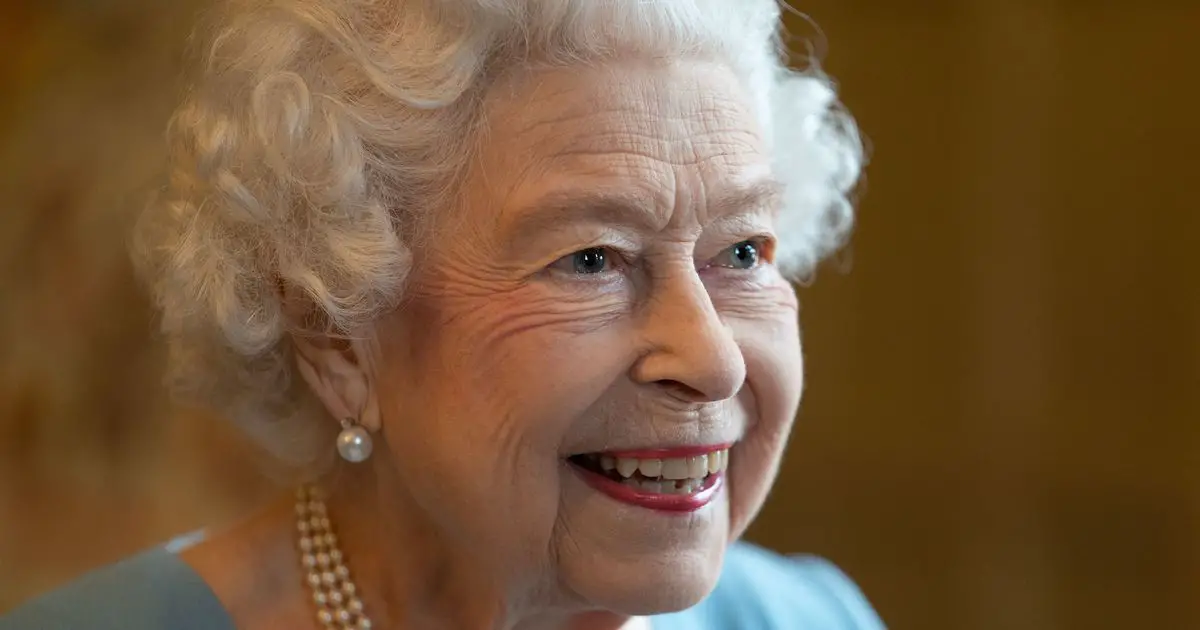The Queen’s net worth is valued at several hundred million pounds, making her one of the world’s wealthiest royals.
But not everyone knows exactly where the Royal Family’s money comes from. Much of it comes from the government – in other words, from taxes paid by ordinary people – but the monarchy also has other sources of income.
Here, we’ll take a closer look at where the Royal Family gets its money from – including the Sovereign Grant, the Privy Purse and what happens to income from the Crown Estate.
Where does the Royal Family get its money from?
The Royal Family gets some of its money from the government and some from other sources, including the Sovereign Grant and private investments.
Each year, the Queen receives a sum of money from the public purse. This is the Sovereign Grant, which supports the monarch and some members of the Royal Family.
Other sources of royal income include the Duchy of Cornwall and the Duchy of Lancaster estates and business.
What is the Sovereign Grant and what does it pay for?
The Sovereign Grant is a sum of money, taken from the public purse paid for by taxpayers, which is paid to the Queen to support her in her royal duties and the upkeep of royal residences.
It replaced the Civil List, which was previously used to support the monarch and some of her immediate family members – namely the late Prince Philip and the Queen Mother.
Introduced by the Sovereign Grant Act 2011, the Sovereign Grant replaced the Civil List and Grants-in-Aid to the Royal Family. It was originally equivalent to 15% of profits made by the Crown Estate, but this was increased to 25% in 2016 to renovate Buckingham Palace.
The Sovereign Grant for 2020-21 totaled £86.3 million.
What is the Privy Purse?
The Privy Purse is the British monarch’s private income, most of which comes from the Duchy of Lancaster – a landed estate covering around 46,000 acres (200 square kilometers).
The Duchy of Lancaster estate includes historical buildings – including Knaresborough and Lancaster Castles, limestone and sandstone quarries, a stretch of foreshore between the the River Mersey and Barrow in Furness and a number of retail, commercial and business properties, the most famous of which is the Savoy Estate in London.
Most of this income is used to cover the expenses of other Royal Family members.
The Keeper of the Privy Purse, who is Head of the Privy Purse and Treasurer’s Office, oversees the Queen’s financial affairs.
According to the Duchy of Lancaster’s financial records the net operating income for 2020-21 was £22.3m.
What is the Crown Estate?
The Crown Estate is a collection of lands and holdings which belong to the British monarch. It is neither government property nor part of the Queen’s private estate.
A semi-independent public body led by the Crown Estate Commissioners oversees the Crown Estate’s portfolio. The monarch is not involved with its management or administration.
Traditionally, the monarch did manage Crown Estate properties to help fund the government. In 1760, however, control over the Estate’s revenues was passed to the Treasury.
Today, the agreement between the monarch and the government is that all Crown Estate profits are surrendered to the state, with the Sovereign Grant paid in exchange.
How much is the Queen worth?
The Queen’s net worth has been estimated at around $600 million (£442.3 million). This would make her the 12th richest royal in the world.
Prince Charles’ net worth is estimated to be approximately $420 million.
Does the Queen pay tax?
The Queen does pay tax. She voluntarily pays a sum equivalent to income tax on her private and Privy Purse income that is not used for official purposes.
She also pays a sum equivalent to capital gains tax on gains made from the sale of private assets made after April 5th, 1993. A sum in lieu of inheritance tax is also voluntarily paid on some of the monarch’s private assets.
However, the Sovereign Grant is exempt from taxation.
How many homes does the Royal Family own?
There are currently 23 royal residences in Britain. These include the Queen’s official London residence, Buckingham Palace, and Windsor Castle, as well as Balmoral Castle.
Other royal residences include Holyrood Palace – the monarch’s official residence in Scotland – and Clarence House, Prince Charles and Camilla’s official London residence.
The most senior royal palace in the United Kingdom is not Buckingham Palace but St James’s Palace, where the Royal Court is still formally based. It is currently the official London residence of Princess Anne, Princess Beatrice and Princess Alexandra.
